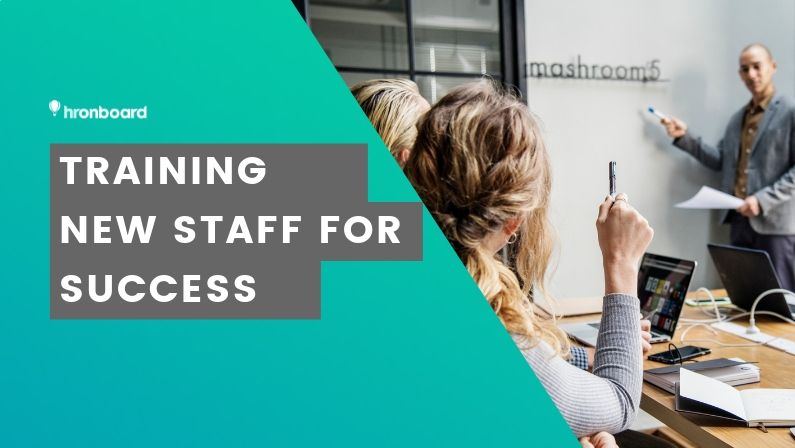
Creating an engaging training program for new hires is crucial in setting the tone for a great experience for both the employee and the company. The first 90 days are especially important as this is the time that your new team member will be learning all about your business, and where they are going to sit in the over scheme of things.
One of the best things about new team members is the masses of energy and excitement they bring to the table. Rather than dampen the experience with days on end of sitting in a room reading through paperwork and watching training material that is five years old, you need to take advantage of this energy and use in during your onboarding process.
Here are a few simple steps that you can take to make the first 90 days in your team productive, informative, and most importantly, fun for your new team member. If they have a great first three months, that energy will continue to build thought the years that follow.Table of Contents
1. Don’t overload people in their first week
Starting a new job can be a daunting experience and the last thing that we want to do is make it even harder by loading up our new team members with too much information during their first few days. Yes, it’s important for them to learn about their new role and company, but do they really need to learn EVERYTHING within the first 48 hours?
Set out a training plan for all new team members over the course of their first month and break down their onboarding material into smaller chunks that the can complete over time. No one wants to spend their first few days hidden away from their new coworkers trying to memorize every details about the company and how it operates.
2. Be involved in the training process
One of the worst things that anyone can do with a training program is dump a stack of information on a new hire, and then walk away. As we previously mentioned, your new team members want to be able to interact with their new coworkers straight away, so it’s critical that you check in on them and be involved in the process.
Being involved does not necessarily mean that you have to physically be sitting with them, it’s becoming more and more common for teams to be dispersed all over the world and you might only ever communicate via phone/video calling or instant messenger. This is completely fine! Make sure you have regular calls scheduled and provide a forum for the new employee to ask questions and interact with the team via instant messaging.
3. Mix up the training
Everyone has a video recording device in their pocket. Make the most of technology and mix up your training program by providing material is a range of different media. This could be anything from text based content, to audio, video, slideshows, and more! Your new team member is much more likely to be engaged with the content if it’s exciting and visually appealing.
Interactive video quizzes are now simple to create through learning management systems like GO1, and you can completely customize your content to suit your branding and business. Incorporating assessments into your involvement with the process is also a great way to get a feel for how the employee is progressing.
4. Keep it relevant
Make sure that the training you are giving to your new hires is relevant to them. If someone is hired into your engineering team, there’s no need for them to be spending their time learning how to manage clients. By keeping training relevant, you are ensuring that your new team member is engaged in their learning and development and not going to skip over critical material.
Keeping things relevant is easy with a learning management system. It’s a simple process to set up a series of courses relevant to a new employee’s role within the company. These can also be referred to as learning pathways, and are a great way to not only provide a great training program, but for your new employee to see the path that they are taking.
5. Set up a Professional Development Plan
The training process should never end at the conclusion of an onboarding program. A key part of any onboarding program should be to set up a Professional Development Plan for your new team member moving forward. This can be a combination of courses that the employer would like the employee to complete, as well as courses that the employee would like to explore.
Setting a clear path for the 12 months to follow is a great way of showing that we are investing in out team members and want them to develops as well as letting employees explore their own training paths and build knowledge in other areas that they might have interest in, which in turn can benefit our business.
